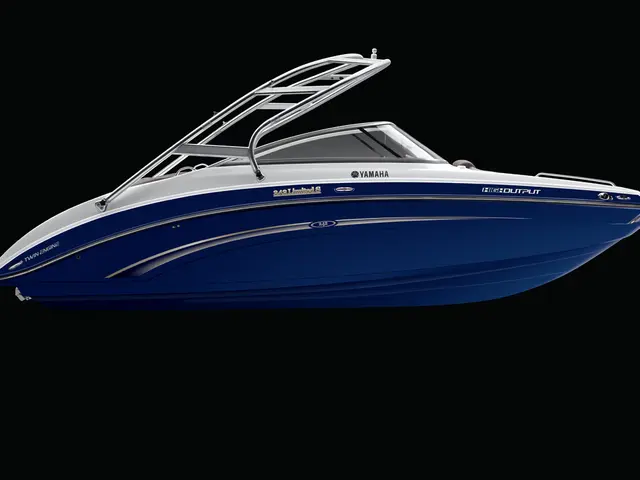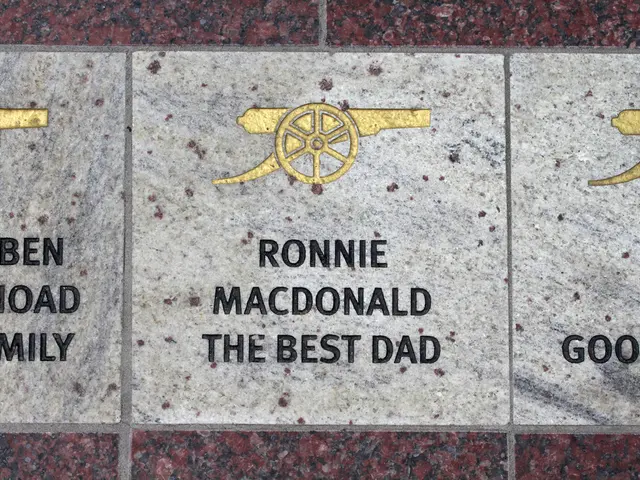Flight Duration and Aiding Skincare for Post-Flight Skin Recovery: Insight into Regaining Healthy Skin After Air Travel and Essential Products for Enhanced Rejuvenation
In the world of skincare, Emma Wedgwood, Clinical Director of Emma Wedgwood Aesthetics, stands out as a leading expert. She recommends a focused skincare routine around the "72-hour flight window," the critical three-day period before and after flying when skin is most vulnerable.
Pre-flight Skincare
The focus here is on intensive hydration and strengthening the skin barrier. Multi-molecular weight hyaluronic acid serums are essential for locking in moisture, while ingredients like squalane, glycerin, and ceramides provide deep hydration and support the skin's natural barrier.
Wedgwood also advocates for regular in-clinic treatments with polynucleotides, which aid cellular repair, collagen production, and tissue regeneration. These treatments, ideally started weeks or months before flying, help the skin prepare for the rigours of travel.
Remember, the stress on the skin begins even before boarding. Travel anxiety, fluorescent lighting, and early starts can all take a toll. So, it's important to start preparing your skin early.
Post-flight Skincare
Post-flight, the focus shifts to recovery and replenishing lost moisture. Wedgwood calls this "altitude adjustment therapy," which includes applying peptides and performing facial massage to aid skin recovery. She shares detailed tips for this therapy in her video series.
Intensive hydration and barrier support continue to be crucial during the 72-hour recovery period post-flight. Key hydrators like hyaluronic acid remain essential, as does the use of barrier-repairing ingredients like peptides.
Travel-Friendly Solutions
For frequent flyers or those seeking a more comprehensive approach, Wedgwood recommends altitude adjustment therapy. This includes treatments that target inflammation, oxygen deprivation, and stress-related sensitivity. Examples include regenerative exosome therapy, anti-inflammation LED light treatments, or advanced laser work.
At 35,000 feet, the UV ray intensity is significant. So, avoiding direct sun exposure post-flight is advisable. Additionally, chlorine, salt water, and SPF formulas that may contain alcohol can further stress the skin.
In conclusion, the 72-hour flight window is a critical period when skin needs extra care and support. By following Wedgwood's advice, you can help protect and repair your skin from the combined effects of dry cabin air, fluctuating pressures, and travel-related stressors. Recovery may take several days, but with a consistent skincare routine, you can help your skin bounce back and maintain its radiance.
- Emma Wedgwood, a celebrated expert in skincare, suggests a focused skincare routine pre-flight to aid in intensive hydration and strengthening the skin barrier, using products with multi-molecular weight hyaluronic acid, squalane, glycerin, and ceramides.
- Wedgwood advises incorporating regular in-clinic treatments with polynucleotides before flying to aid cellular repair, collagen production, and tissue regeneration, helping the skin prepare for travel-induced rigors.
- Post-flight, Wedgwood recommends recovery and replenishing lost moisture through "altitude adjustment therapy," which includes applying peptides and performing facial massage, as well as maintaining high hydration levels and barrier support with key ingredients like hyaluronic acid and peptides.
- For individuals who fly frequently or seek comprehensive solutions, Wedgwood suggests altitude adjustment therapy, which addresses inflammation, oxygen deprivation, and stress-related sensitivity through treatments like regenerative exosome therapy, anti-inflammation LED light treatments, and advanced laser work.
- In the realm of travel and health-and-wellness, it's essential to be mindful of sun exposure after flying, as UV ray intensity is significant at 35,000 feet, and SPF formulas containing alcohol may further stress the skin, extending the need for a dedicated skincare routine even beyond the 72-hour flight window.





